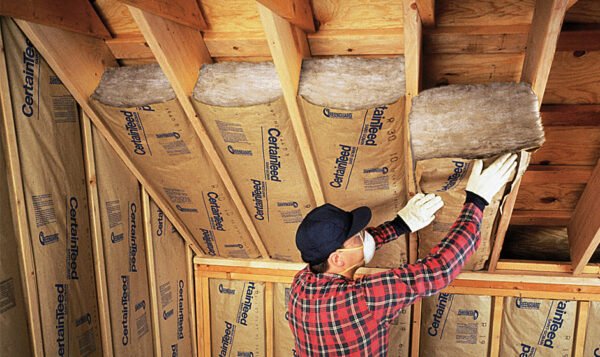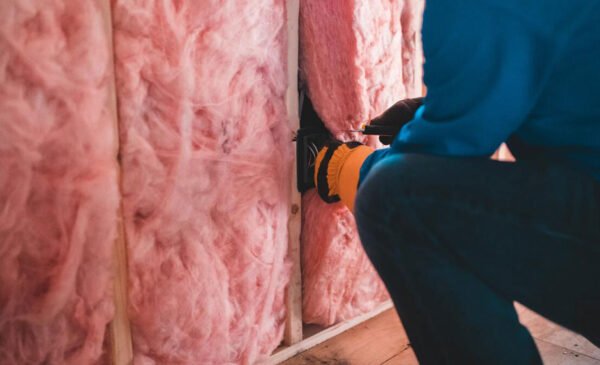Transforming the Architectural Landscape: The Integration of Robotics for Faster and Smoother Project Completion

The world of architecture and construction is witnessing a revolutionary transformation, marked by the integration of robotics into its core. This technological advancement is a fleeting trend and a paradigm shift, heralding an era where precision, efficiency, and speed redefine project completions. Incorporating robotics in architecture signifies a leap into the future of construction that promises to enhance the quality of built environments and streamline the process from conception to realization.
1. The Advent of Robotic Technology in Construction
Robotics has emerged as a game-changer in the architectural sector. These technological wonders are being increasingly utilized for tasks ranging from 3D printing of building components to automated bricklaying. Their tireless precision and ability to work make them invaluable assets in complex construction scenarios.
Furthermore, robotics in architectural projects enhances safety by undertaking tasks in hazardous environments, reducing the risk of accidents for human workers. They also contribute to sustainability by minimizing waste through precise material usage and facilitating the construction of energy-efficient structures, promoting greener building practices.
2. Enhancing Accuracy and Precision
One of the foremost advantages of using robotics in architectural projects is the significant increase in accuracy and precision. With their programmed perfection, robots reduce human error and ensure that every construction element adheres to the highest standards. This precision is crucial in complex designs and intricate detailing, where even minor discrepancies can lead to significant issues.
Moreover, this enhanced accuracy aids in achieving stringent architectural specifications, ensuring that structures meet and often exceed quality expectations. Additionally, the consistency provided by robotic technology results in uniformity across various project components, contributing to the completed architectural work’s overall aesthetics and structural integrity.
3. Speeding Up the Construction Process
Robots work at a pace unmatchable by human hands. Their ability to work continuously without breaks accelerates the construction process, ensuring project deadlines are met or, even better, completed ahead of schedule. This rapid pace does not compromise quality but rather enhances it by maintaining consistent standards throughout the project.
The continuous operation of robots also allows for more efficient use of various resources, reducing waste and increasing sustainability in construction projects. Furthermore, their high-speed performance can be particularly advantageous in time-sensitive projects, where meeting tight deadlines is crucial for financial and planning reasons, ensuring project timelines are not just met but optimized.
4. Improving Worker Safety and Reducing Labor Costs
Construction sites are inherently hazardous, but robotics significantly reduce these risks by performing dangerous tasks, improving worker safety. Furthermore, the use of robotics can lead to a decrease in labor costs. While the initial investment in robotics may be a bit high, the long-term savings in labor expenses and reduced workplace accidents can be substantial.
5. Eco-friendly Construction Practices
Robotics in architectural projects also aligns with the growing demand for sustainable construction practices. Robots can be programmed to optimize material usage, reducing waste significantly. Additionally, their precision reduces the need for rework, lessening the carbon footprint of construction projects.
6. Customization and Complex Geometries
The flexibility of robotics allows for customization in architectural designs that were once considered too time-consuming or costly. Complex geometries and bespoke design elements can now be easily fabricated, opening a new realm of architectural possibilities.
7. Robotics in Restoration and Renovation
Robotics finds a special place in restoration and renovation projects. They can be employed to analyze and perform delicate restoration work on historical structures where the traditional approach may be too invasive or risky.
8. Training and Skill Development
Integrating robotics in architectural projects also necessitates a shift in skill sets for construction professionals. Training and development programs are essential to equip the workforce with the knowledge to operate and work alongside these advanced machines, ensuring a smooth transition into this new era.
9. The Future of Robotics in Architectural Projects
The future of robotics in architecture is not just about the tasks they can perform but also about integrating AI and machine learning. This evolution will enable robots to make decisions, adapt to different scenarios, and possibly even innovate in construction techniques.
In addition to these capabilities, the future will likely see an enhanced collaboration between robots and human workers, creating a synergistic relationship that leverages both strengths. Furthermore, as robotics become more integrated with the Internet of Things (IoT), construction sites will have unprecedented interconnectedness, leading to smarter, more responsive building processes.
Conclusion: A New Architectural Renaissance
Integrating robotics in architectural projects is transforming how buildings are constructed and heralding a new renaissance in architecture. This technological leap forward is not just about efficiency and precision; it’s about reimagining the possibilities of what can be built. As architects and builders embrace this new era, the skyline of tomorrow will be dotted with aesthetically captivating structures and testimonies to the incredible advancements in construction technology. The future of architecture and construction is here, and it is being shaped by the robotic revolution, promising a world where architectural dreams are limited only by the imagination.



